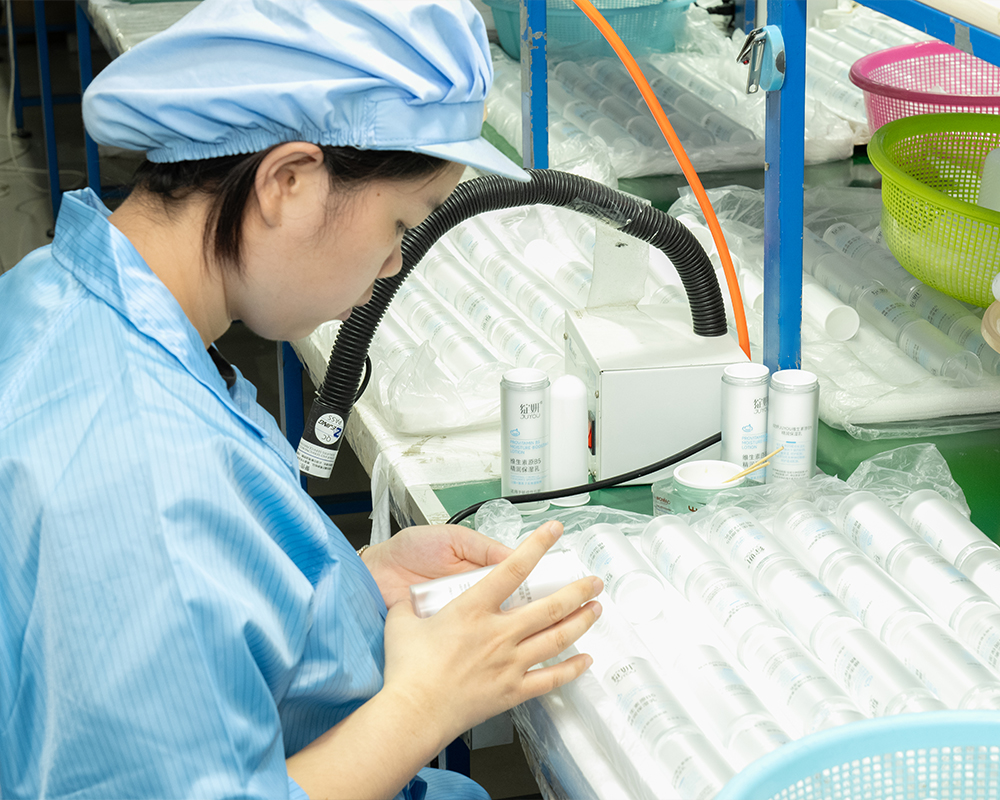Alumina airless bottle

Airless Lotion Bottle prevent oxygen from entering the container, reducing the risk of product oxidation and retaining the active ingredients of the lotion. Suitable for various lotion products, such as moisturizing lotion, moisturizing lotion, firming lotion, etc. Most of our Airless Lotion Bottle are made of transparent material, so users can clearly see the remaining amount of lotion, making it easy to refill in time. In addition, our use of Airless Lotion Bottle can reduce the need for disposable packaging and contribute to environmental protection and sustainable development.
As a famous China Airless Lotion Bottles Manufacturers and Airless Bottles Suppliers, Shaoxing Yimi Packaging Co., Ltd. is located in Songxia, Shangyu, Zhejiang Province, which is called as "China Umbrella City". Our company is near to Hangyong Expressway and Shangyu North High-Speed Railway Station. The transportation is very convenient. Our company is specialized in producing roll on bottle with several years' experience in this area. We have our own factory. Advanced production machines and excellent detecting instruments are our advantages. We have two series of materials: plastic and aluminum plastic. For the size, we have dozens of specifications.
For the ball quantity, we have one ball and three balls. Roll on bottle is widely used in eye cream, perfume, lip gloss, essential oil, relieving itching dew, repairing lotion and so on.Our products not only have beautiful appearance, but also are in good quality and tightness. Our products are mainly used for health care production and cosmetics. We also offer auxiliary products for foreign buyers. We can produce products according to your needs. Our products are selling well in Europe, America, the Middle East and Southeast Asia. Good quality and punctual delivery are always our purposes and our products are approved by customers both at home and aboard. Welcome you to visit our company. We hope to have good cooperation with you.





The design of PET dropper bottles incorporates several features to prevent leakage or spillage during transportation or ...
READ MORETo prevent the appearance of white marks or residues when using deodorant bottles, consider the following tips:Apply to ...
READ MOREEnsuring that the deodorant stick maintains its consistency in various climates is crucial for a positive user experienc...
READ MOREUsing an airless lotion bottle offers several advantages compared to traditional pump bottles:Preservation of Product Fr...
READ MORE